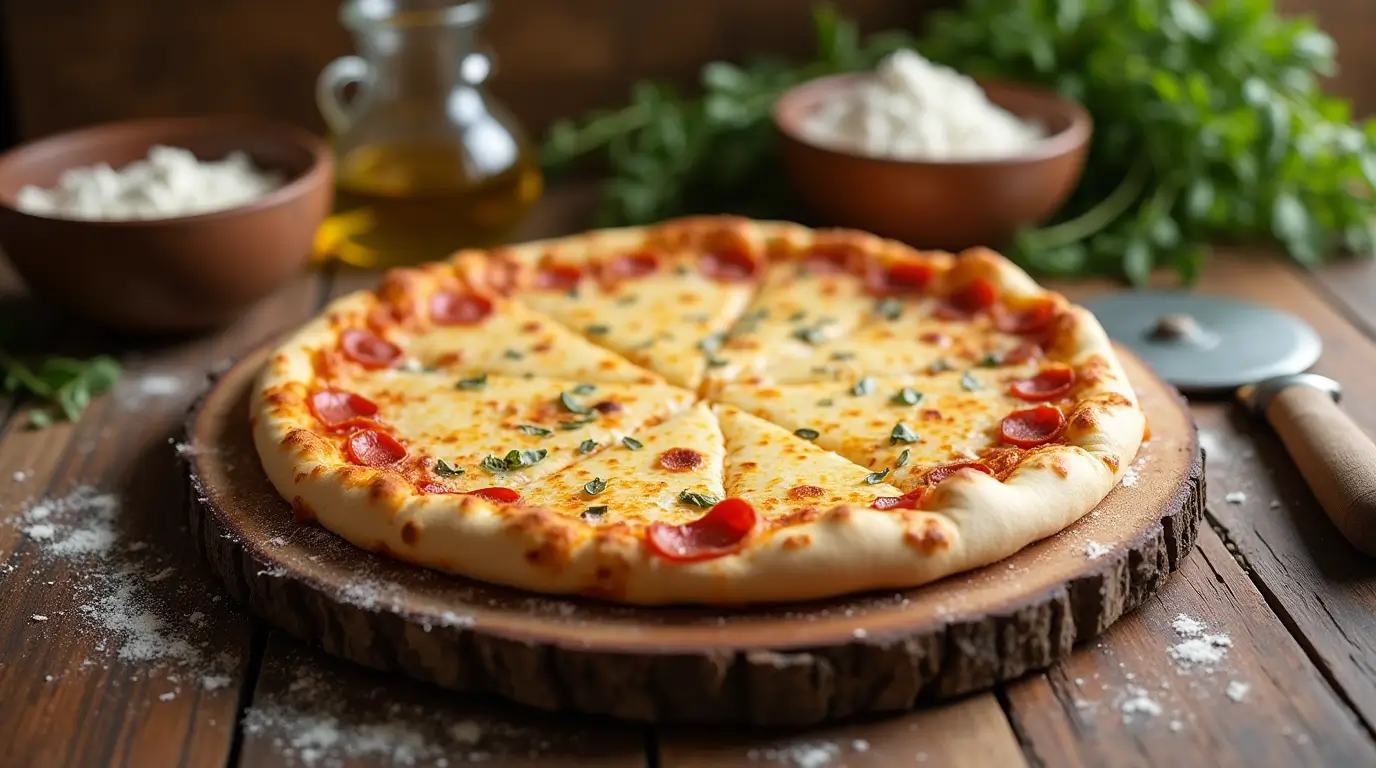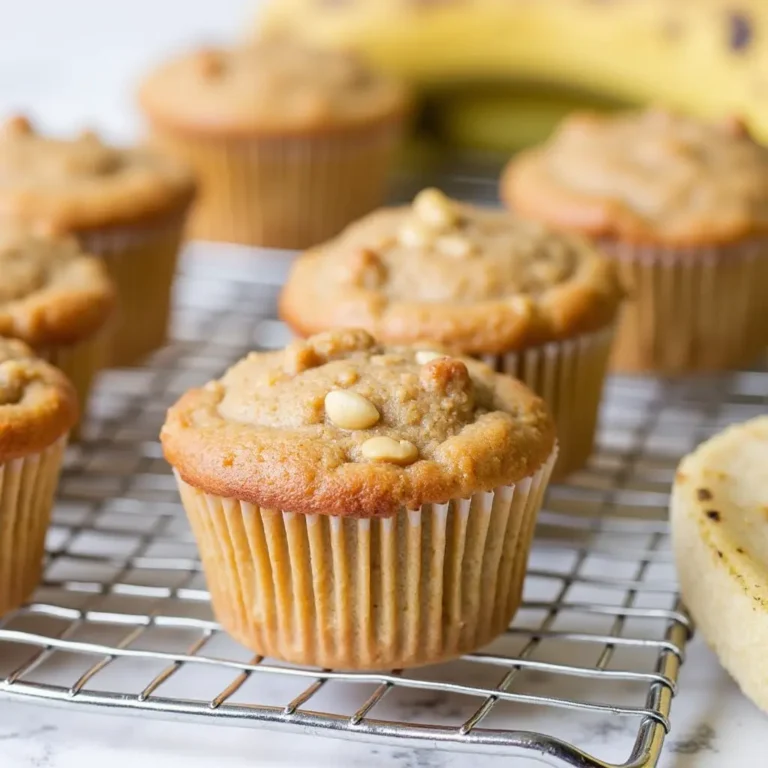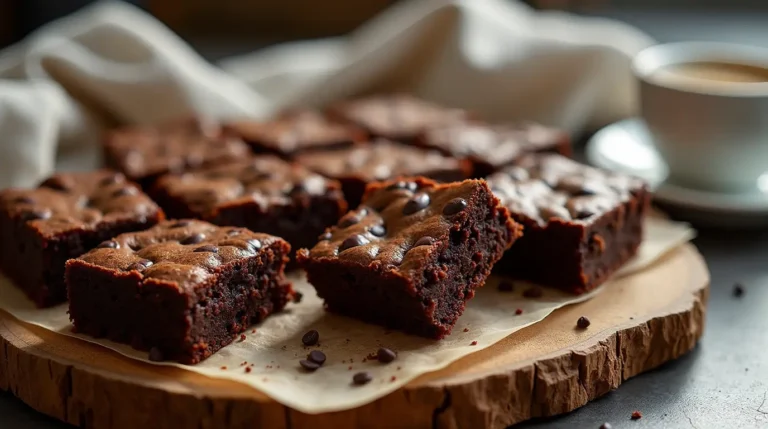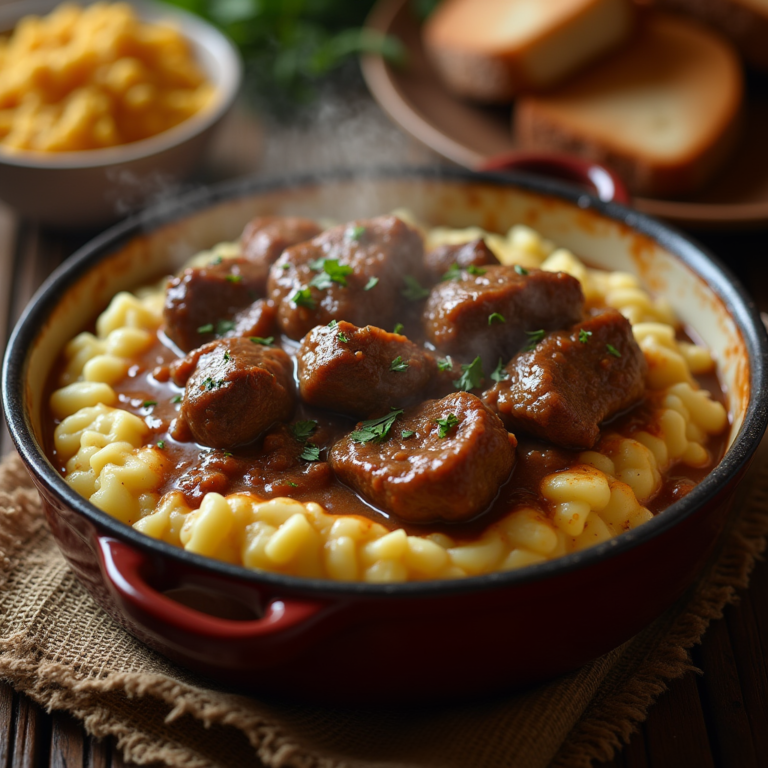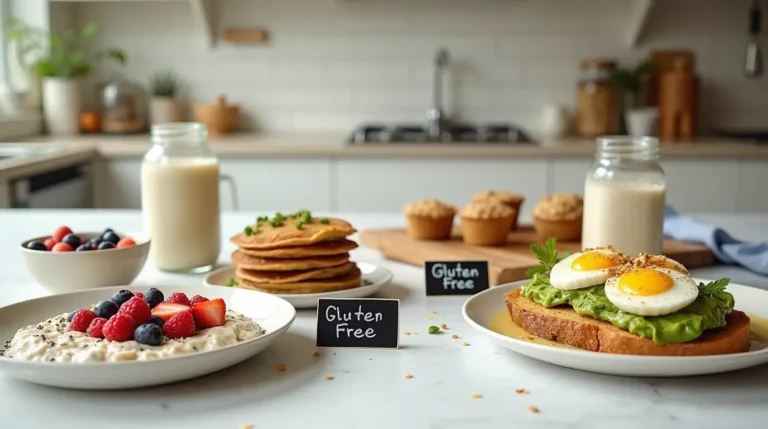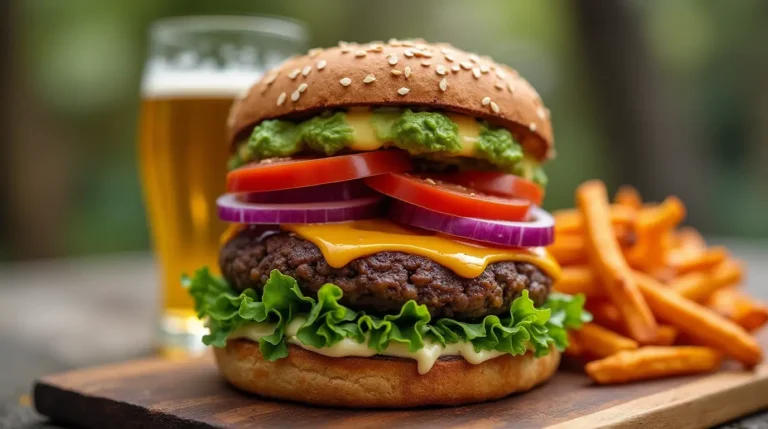Top 5 Secrets to a Perfect Gluten Free Pizza Crust Every Time
Struggling With Gluten Free Pizza Crust That Actually Tastes Good? You’re Not Alone.
Let’s be honest—finding a gluten free pizza crust that satisfies your cravings can feel like an impossible task. You’ve likely tried recipes that turned out dry, crumbly, or bland. Maybe you even shelled out for store-bought options only to be disappointed by their lack of flavor or rubbery texture. If this sounds familiar, you’re not alone. Countless people who go gluten free face the same uphill battle.
But here’s the good news: you can make a delicious, crispy, and chewy gluten free pizza crust at home—every time. The secret? Understanding a few key techniques and using the right ingredients. This article will walk you through the top five secrets that will transform your homemade gluten free pizza game. Let’s get started.
Table of Contents
Secret #1 – Choose the Right Gluten-Free Flour Blend
Why All Gluten-Free Flours Are Not Created Equal
When it comes to gluten free baking, the flour blend is everything. You can’t expect good results using just one type of flour. Single-ingredient flours like almond, rice, or chickpea are missing the complexity needed for a stretchy, flavorful dough. What you need is a balanced blend of starch, protein, and structure.
Here’s what to look for in a great blend:
- Starch base: Tapioca or potato starch helps mimic the chew of gluten.
- Protein: Almond or sorghum adds body and slight richness.
- Structure: Xanthan gum or guar gum is essential to hold the crust together.
Recommended Gluten-Free Flour Brands
| Brand | Key Ingredients | Texture Outcome | Best For |
|---|---|---|---|
| King Arthur GF Mix | Rice, Tapioca, Xanthan Gum | Chewy, Slightly Crisp | Pizza, Bread |
| Cup4Cup | Cornstarch, Milk Powder | Soft, Stretchy | Pizza, Pastries |
| Bob’s Red Mill 1:1 | Brown Rice, Potato Starch | Crisp Edges, Tender | Pizza, Cookies |
Don’t settle for whatever’s on the shelf. Get a blend specifically designed for baking, and you’ll instantly notice the difference.
Secret #2 – Hydration is Key for Texture and Rise
Get the Water Ratio Right
One of the most overlooked aspects of gluten free dough is hydration. These flours are thirsty. They soak up moisture like a sponge, which means your dough needs more liquid than traditional wheat-based recipes.
Ideal hydration tips:
- Use about 80–90% hydration, meaning if you have 250g of flour, use around 200-225ml of water.
- After mixing, let your dough rest for 20–30 minutes. This allows the flours to fully absorb the moisture and makes the dough easier to handle.
Use a Scale, Not Measuring Cups
Volume measurements can lead to wildly different outcomes. A kitchen scale gives you consistency. If your past attempts turned out dry or doughy, this could be your missing link.
Secret #3 – Don’t Skip the Binders: Use Psyllium or Xanthan Gum
Gluten-Free Dough Needs Structural Help
Gluten gives wheat dough its elasticity. Without it, your pizza crust risks falling apart. To fix that, you need a binder—an ingredient that mimics gluten’s strength and stretch.
Your two best options are:
- Xanthan Gum: Provides structure, crispness, and bounce.
- Psyllium Husk Powder: Adds flexibility and chew. Often used in artisan-style breads.
Some blends already include xanthan gum, but if yours doesn’t, be sure to add 1 teaspoon per cup of flour. For psyllium husk, 1 tablespoon mixed with 3 tablespoons of warm water will do wonders.
Pro Tip:
Use both together if you want a crust that holds toppings well and still bends like classic pizza.
Secret #4 – Master the Par-Bake Technique
Why You Should Always Pre-Bake Your Crust
Here’s a rookie mistake: topping raw gluten free dough and expecting it to bake evenly. GF crusts need a par-bake, or partial bake, to set their structure and prevent sogginess.
Steps for a successful par-bake:
- Preheat your oven to 425°F (220°C).
- Shape your dough on parchment paper.
- Bake the crust alone for 8–10 minutes, or until lightly golden.
- Remove, add toppings, and return to the oven for another 10–12 minutes.
Bonus Tip:
Use a pizza stone or steel. These retain and distribute heat better than a regular baking sheet, giving you that pizzeria-style crisp bottom.
Secret #5 – Elevate Flavor with Simple Enhancements
Add Depth to Every Bite
Gluten-free ingredients can sometimes lack the flavor punch of traditional dough. But you can easily fix that with a few smart add-ins.
Flavor enhancers to try:
- Extra Virgin Olive Oil: Adds moisture and richness.
- Herbs & Spices: Think garlic powder, oregano, onion powder.
- Sweetener: A touch of honey or sugar balances the earthy flavor of some gluten-free flours.
Simple Seasoning Mix to Add to Dough
- 1 tsp garlic powder
- 1 tsp Italian seasoning
- 1/2 tsp onion powder
- 1 tbsp olive oil
These tiny additions go a long way toward making your gluten free pizza crust taste anything but basic.
Foolproof Gluten Free Pizza Crust Recipe
Ingredients Table
| Ingredient | Quantity |
|---|---|
| Gluten-free flour blend | 2 cups (250g) |
| Warm water | 3/4 cup (180ml) |
| Olive oil | 2 tbsp |
| Instant yeast | 1 packet (7g) |
| Psyllium husk | 1 tbsp |
| Sugar or honey | 1 tsp |
| Salt | 1 tsp |
| Xanthan gum (optional) | 1 tsp |
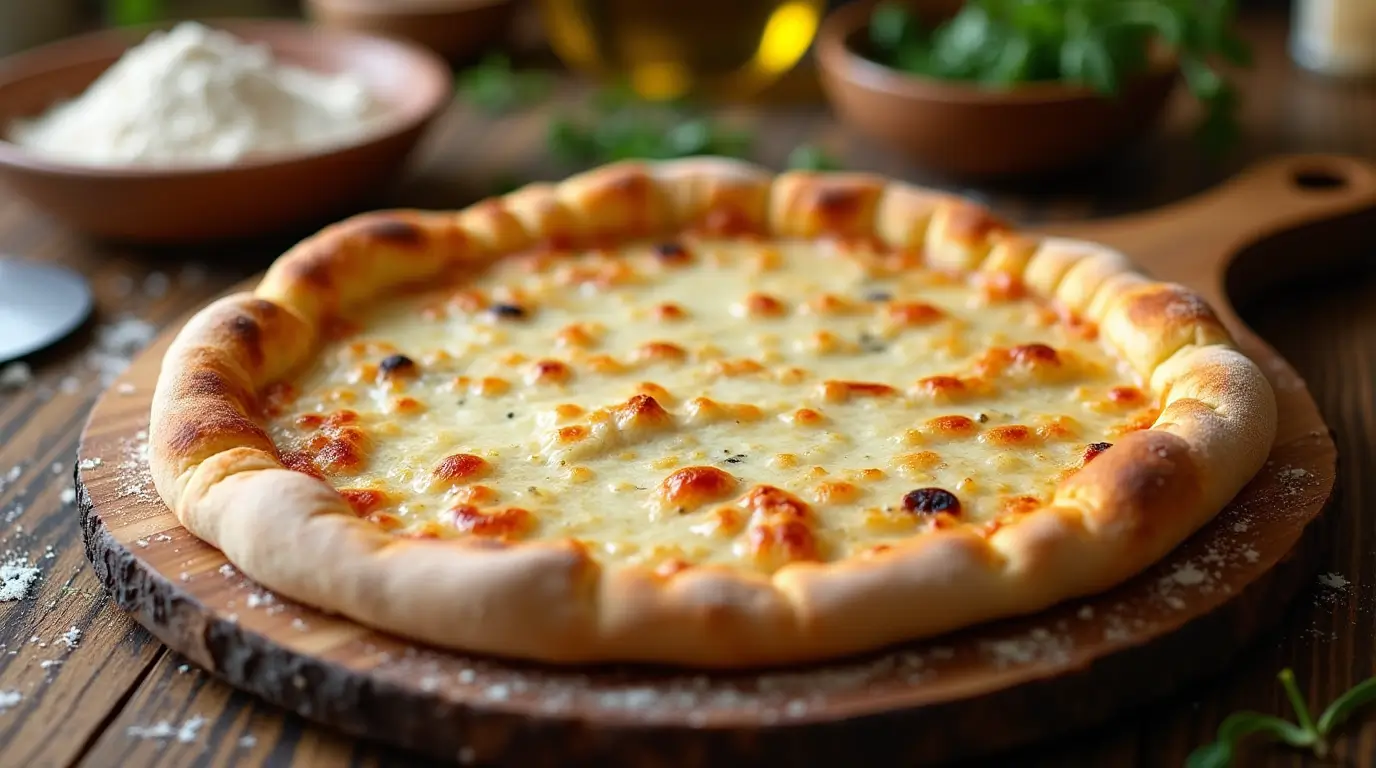
Step-by-Step Instructions
- In a small bowl, mix warm water, sugar/honey, and yeast. Let it sit for 5–10 minutes until bubbly.
- In a large bowl, combine flour blend, salt, psyllium husk, and xanthan gum (if needed).
- Add wet ingredients to dry and mix until a sticky dough forms.
- Cover the bowl and let dough rest for 30–45 minutes.
- Preheat oven to 425°F. Line a baking sheet with parchment and oil it.
- Spread dough into desired shape using oiled fingers or spatula.
- Par-bake for 10 minutes.
- Add toppings and return to the oven for another 10–12 minutes until golden brown.
Your Perfect Gluten Free Pizza Crust is Within Reach
There’s no reason you should settle for subpar pizza just because you’re gluten free. Now that you know the five secrets to success, you have the power to make pizza night something worth looking forward to again.
By choosing the right flour, understanding hydration, using binders, par-baking your crust, and boosting flavor, you’re equipped with everything you need to impress even the pickiest pizza lover at your table.
Don’t just follow the rules—master them. Your perfect gluten free pizza crust is waiting.
Frequently Asked Questions About Gluten Free Pizza Crust
What’s the best gluten free flour for pizza crust?
Look for a blend that includes rice flour, tapioca starch, and xanthan gum. Cup4Cup and King Arthur’s GF mix are excellent choices.
Why does my gluten free crust fall apart?
It likely lacks proper binders like psyllium husk or xanthan gum. These ingredients are essential for structure and elasticity.
Can I make gluten free pizza crust without yeast?
Yes. Substitute yeast with 2 tsp of baking powder and 1/4 cup of Greek yogurt for a quick dough. It won’t rise the same but still tastes great.
How do I get a crispy gluten free pizza crust?
Par-bake the crust, use a pizza stone, and avoid watery toppings like fresh tomatoes or too much sauce.
Can I freeze gluten free pizza dough?
Absolutely. Par-bake the base, let it cool, and freeze. When you’re ready, just add toppings and bake from frozen.
Ready to Take Your Pizza Game to the Next Level?
Now it’s your turn. Don’t wait for another disappointing store-bought crust. Try these tips in your kitchen tonight. Experiment. Taste. Adjust. And when you find your groove, share it. Your journey could inspire someone else on the gluten free path.
Let pizza night become the highlight of your week again. You’ve got this.
If this article helped you, share it with a fellow gluten free friend or family member. And don’t forget to bookmark it for your next pizza night!

